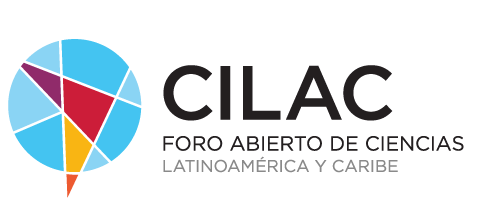
He cerium, a 'rare earth' mineral, accelerates important reactions and plays other relevant roles in the interaction with copper, gold, silver and uranium.
He study where they have been published These conclusions have potentially broad implications for the sector and the materials industry.
rare earths
The research team found that cerium plays an active role during the replacement of magnetite by hematite: acts as a catalyst that speeds up the reaction; provides space for precipitation of valuable minerals; and promotes a positive feedback between the reaction and the fluid flow, which contributes to increasing the metal supply of the deposit.

According to the author of the study, Joel Brugger, from the Monash School of Earth, Atmosphere and Environment:
To discover new giant deposits and efficiently extract existing ones, we need a mechanistic understanding of the processes that form and transform minerals that host valuable metals. Although more recycling is an important part of the future of raw materials, we need more metals than the sum of those mined to date to facilitate the transition to a carbon-free economy. Giant deposits are attractive because they can produce for decades, providing long-term security of supply and justifying large investment to ensure sustainable mining.
Rare earth elements are made up of 17 chemical elements: scandium, yttrium and the 15 elements of the lanthanide group (lanthanum, cerium, praseodymium, neodymium, promethium, samarium, europium, gadolinium, terbium, dysprosium, holmium, erbium, thulium, ytterbium and lutetium). Although the name "rare earths" could lead to the conclusion that these are rare elements in the Earth's crust, some elements such as cerium, yttrium and neodymium are more abundant. They are called "rare" because it is very rare to find them in a pure form, although there are deposits of some of them throughout the world.
–
The news
The mineralization of copper, gold, silver and uranium is accelerated thanks to this rare earth mineral
was originally published in
Xataka Science
by
Sergio Parra
.




























